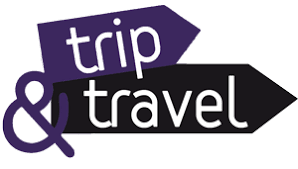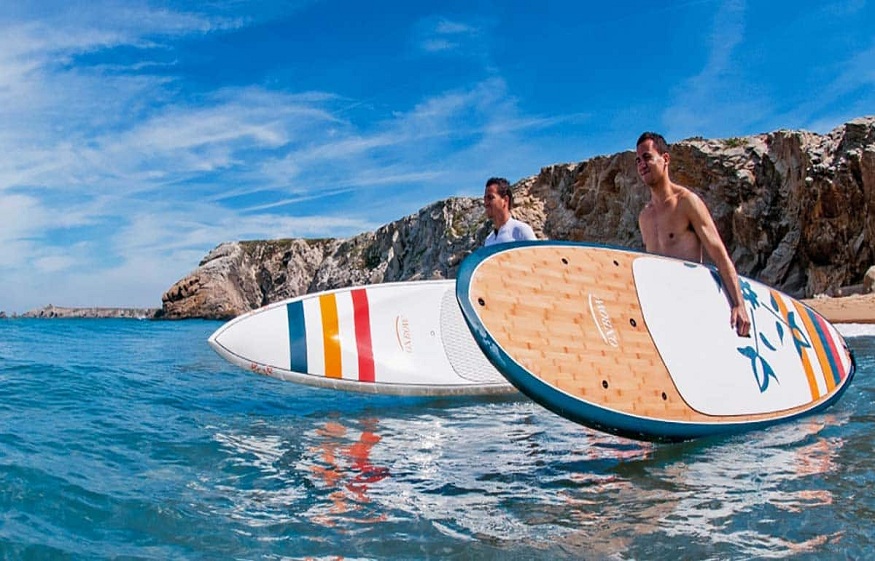Paddleboarding has become increasingly popular, offering a fantastic way to explore waterways while getting a great workout. Whether you’re gliding across a calm lake or navigating gentle ocean waves, paddle boarding can be both serene and exhilarating. If you’re new to this activity, here are eight tips to help you get started and make the most of your paddle boarding experience.
1. Choose the Right Paddle Board
Selecting the right paddle board is crucial for a successful and enjoyable experience. Beginners should look for a board that is stable and easy to balance on. Generally, wider and longer boards offer better stability, making them ideal for those just starting. Inflatable boards are also a great option due to their portability and durability.
2. Start in Calm Waters
For your first few outings, it’s best to start on calm, flat water. Lakes, ponds, and sheltered bays are ideal locations to practice your balance and paddling techniques without the challenge of waves and currents. Avoid crowded areas to ensure you have plenty of space to manoeuvre.
3. Learn the Correct Stance
Your stance on the paddle board greatly affects your balance and control. Stand with your feet parallel and shoulder-width apart, centred between the board’s edges. Keep your knees slightly bent and your back straight. Look ahead rather than down at your feet to help maintain balance.
4. Hold the Paddle Properly
Holding the paddle correctly can make a significant difference in your efficiency and stamina. Place one hand on the top handle (the “T-grip”) and the other hand a few feet down the shaft. The paddle blade should angle forward, away from you. This orientation helps you pull the water effectively and move smoothly.
5. Use Your Core
Paddle boarding is a full-body workout, but to paddle effectively, you should engage your core muscles rather than relying solely on your arms. Rotate your torso with each stroke to maximise power and reduce fatigue. This technique not only improves your paddling efficiency but also helps build core strength.
6. Practice Falling and Getting Back On
Falling off the board is part of the learning process, so don’t be discouraged. It’s important to know how to fall safely—aim to fall away from the board to avoid injury. To get back on, position yourself at the centre of the board, grip the handle or the board’s sides, and kick your legs while pulling yourself up. Practice this in shallow water until you feel confident.
7. Be Aware of Safety Precautions
Safety should always be a priority when paddle boarding. Always wear a life jacket or a personal flotation device (PFD), regardless of your swimming ability. Use a leash to keep your board attached to you in case you fall off. Check weather conditions before heading out, and avoid paddle boarding in strong winds or rough water, especially as a beginner.
8. Take a Lesson
While self-teaching can be rewarding, taking a lesson from a certified instructor can accelerate your learning curve and ensure you’re using the correct techniques. Instructors can provide valuable feedback and tips tailored to your skill level. They can also teach you about local water conditions and hazards to be aware of.
Bonus Tip: Join a Paddle Boarding Community
Joining a paddle boarding community can provide additional support, tips, and companionship. Look for local clubs, online forums, or social media groups where you can connect with other paddle boarders. Community members can offer advice, share experiences, and even organise group outings.
Paddle boarding is a wonderful way to enjoy the great outdoors, offering both physical and mental benefits. By choosing the right paddle board, starting in calm waters, and following these beginner tips, you’ll be well on your way to becoming a confident and skilled paddle boarder. Remember, the key is to take it slow, enjoy the learning process, and most importantly, have fun out on the water. With practice and persistence, you’ll soon be gliding across the water with ease and confidence.

